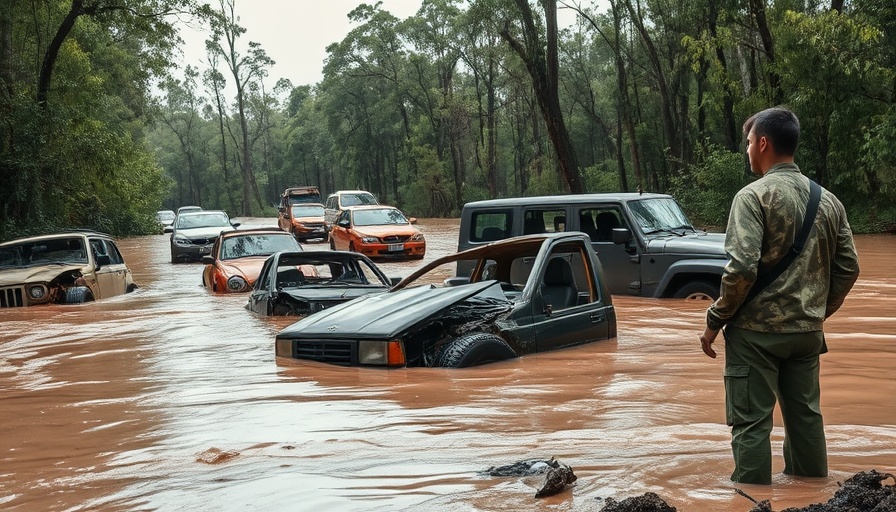
The Truth Behind Cloud Seeding and Texas Floods
In the aftermath of the recent devastating floods in Texas, speculation ran rampant as to the causes of the catastrophic weather events. Among the theories floated was the idea that a cloud-seeding startup called Rainmaker was responsible for exacerbating the weather, a thought echoed by concerned citizens and shared on social media. However, experts in atmospheric science are quick to dispel this theory.
What Is Cloud Seeding?
Cloud seeding itself is not a new technology. It has been practiced since the 1950s, primarily to enhance precipitation in targeted areas. The process involves introducing small particles, typically silver iodide, into clouds. This manipulation encourages the precipitation process by fostering the growth of ice crystals, leading to snow or rain. Atmospheric scientists like Katja Friedrich emphasize that cloud seeding can only influence precipitation under specific atmospheric conditions.
Why Texas Floods Were Not Caused by Rainmaker
According to Bob Rauber, a professor at the University of Illinois, the claims linking cloud seeding to the floods are unfounded. The data available from meteorological studies shows that cloud seeding operations such as those conducted by Rainmaker do not correlate with the unexpected and excessive rainfall that hit Texas. “It’s simply a conspiracy theory,” states Rauber, urging the public to rely on scientific evidence rather than speculation.
Understanding the Context: Flood Risks and Climate Change
While cloud seeding cannot be blamed for the flood conditions, it’s important to recognize the broader context of climate change and its role in increasing the frequency of extreme weather events. As climate change continues to evolve, regions like Texas are vulnerable to more intense storms and flooding, making it critical for communities to adapt and prepare for these changes.
What This Means for Community Preparedness
For small and medium-sized business owners in Texas, understanding these dynamics is essential. As disasters become more frequent, businesses must adopt strategies for disaster response and recovery. This means investing in resources that enhance resilience against severe weather, from updated insurance policies to emergency plans that can safeguard operations and employees.
Take Action: Prepare for Future Weather Events
In light of these findings, it’s vital to educate yourself and your teams about proper disaster preparedness strategies. Engage in community discussions, form local alliances, and invest in technology and training that can enhance safety and operational continuity.
 Add Row
Add Row  Add
Add 










Write A Comment